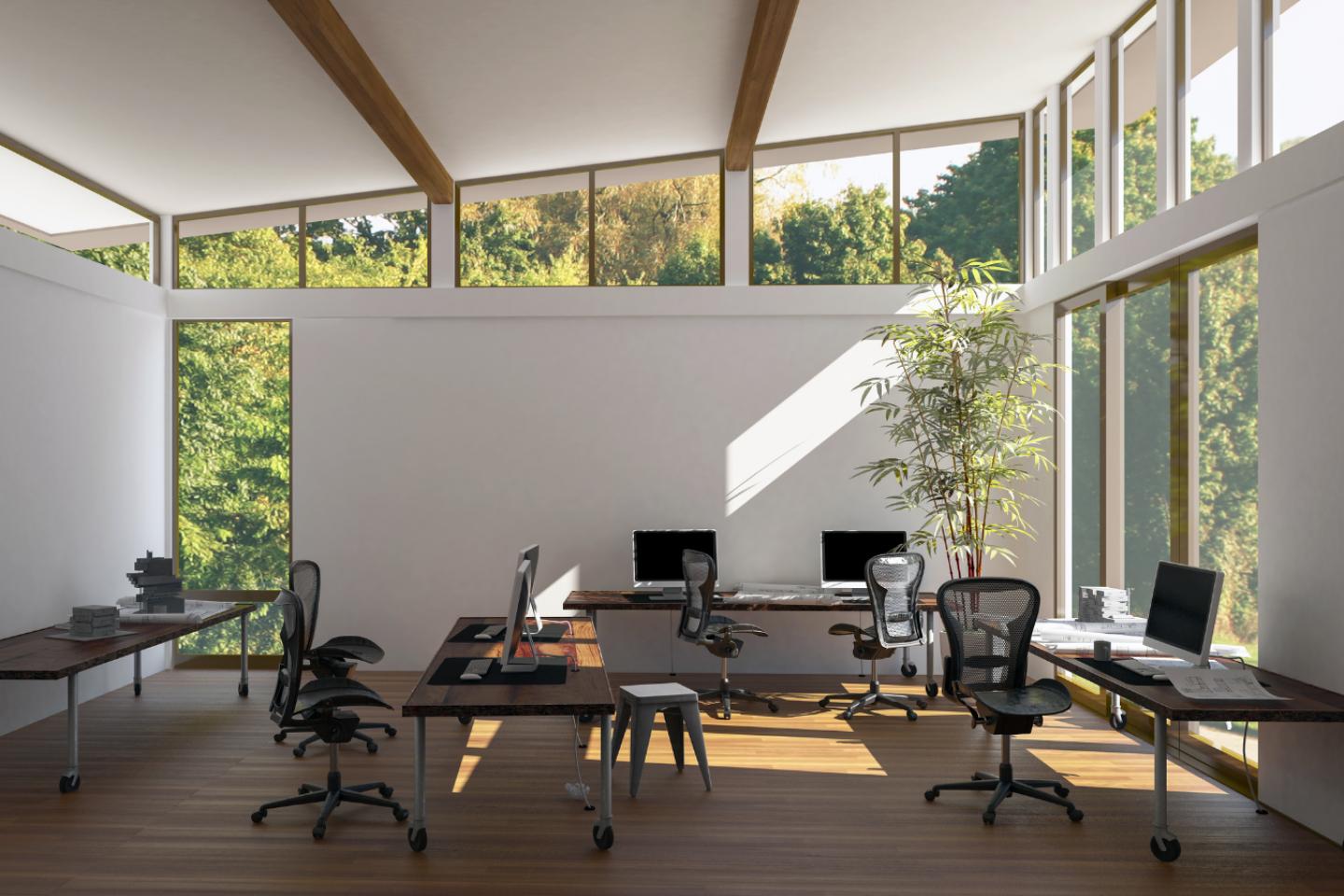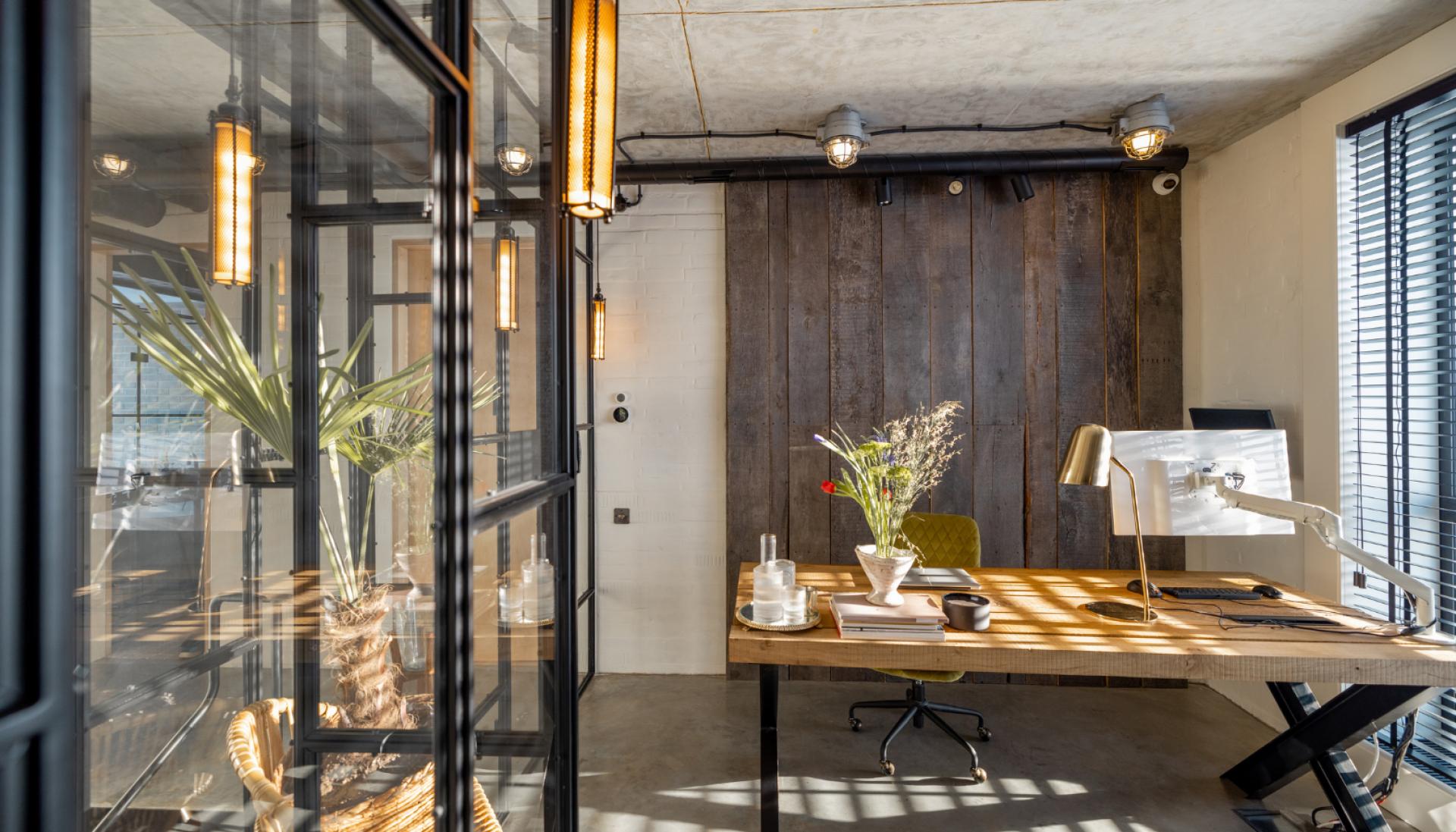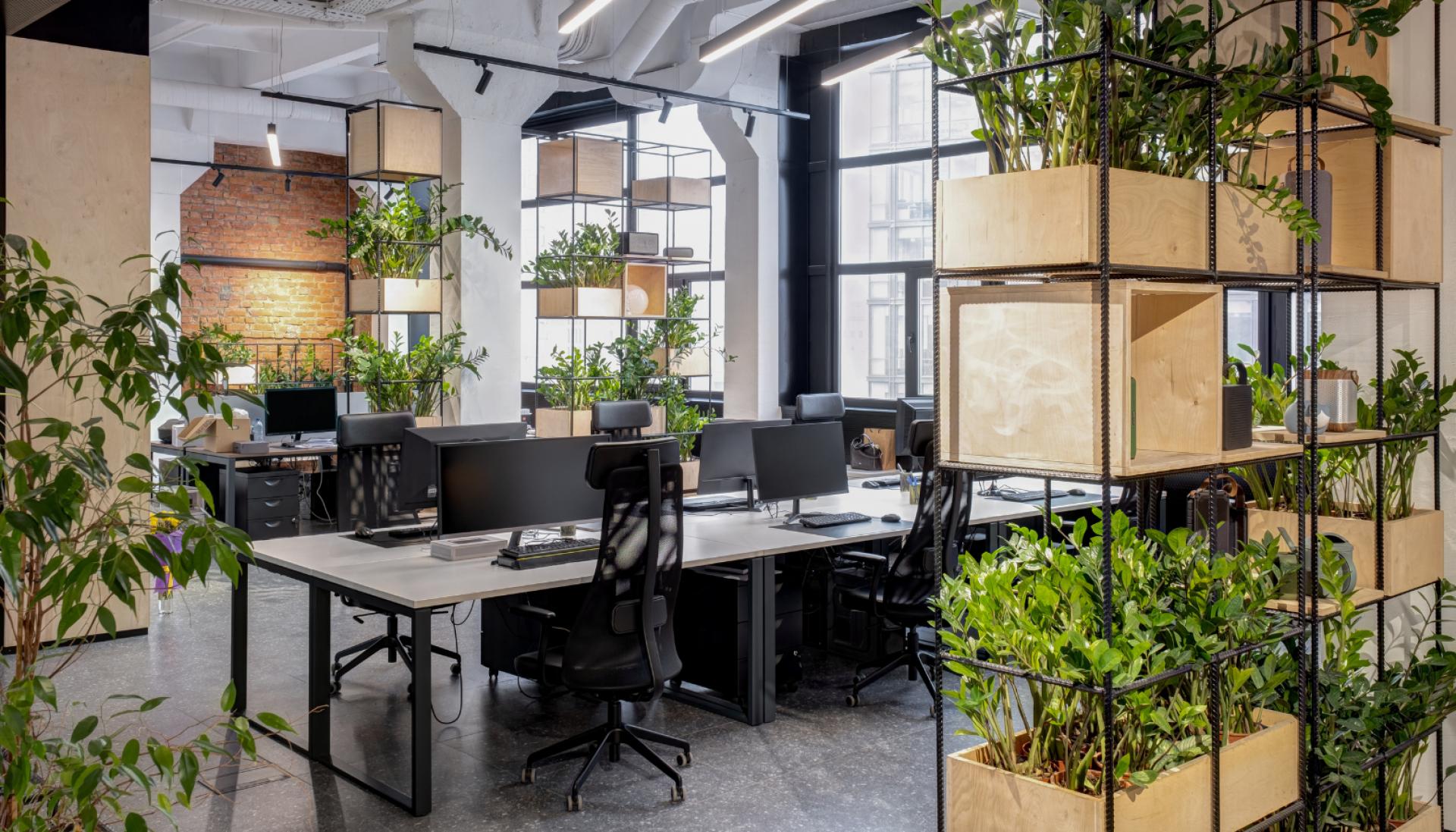Future Workspaces: Designing for Flexibility and Hybrid Work Models
The COVID-19 pandemic turned our workspaces upside down, challenging long-standing norms and bringing in new perspectives on productivity, collaboration, and how the “traditional” office looks. With a rise in hybrid work models, fewer people are in the office full-time, and flexible co-working spaces are gaining popularity. Now, we’re exploring how workplace design is evolving to support these shifts, and understanding that the workspace of tomorrow will likely look quite different from what we’re used to.
How Workspaces Have Changed in Recent Years
Gone are the days when every employee had an assigned desk or cubicle with their name on it. Even pre-pandemic, work styles were evolving and the workspace followed suit, moving away from rigid structures toward environments that cater to flexibility and choice. This shift has not only redefined where people sit but also how they interact and work together.
Modern offices are now designed to support diverse team tasks and the dynamic nature of hybrid work. From hot-desking to multi-functional furniture, companies are prioritising spaces that adapt to different work styles and changing team needs.
1. Hot-Desking and Shared Spaces
Instead of fixed, assigned desks, many companies now favour hot-desking, allowing employees to choose their spot for the day. Many employees find that this helps to spark fresh interactions and a more engaging work atmosphere. With this flexible way of office-working, employees can pick the space that fits their tasks, making office layouts more interactive and personalised.
2. Modular Design and Movable Walls
Flexibility means more than just desk choice. Offices today come with modular furniture, movable walls, and multipurpose spaces that can shift from solo work zones to collaborative hubs in a snap. Imagine a room that starts as a quiet workspace and, with a few adjustments, turns into a lively brainstorming spot. It’s like having an office that shape-shifts to support whatever work style the day demands.
3. Collaborative and Community Zones
While private offices and cubicles aren’t entirely extinct, they now tend to be balanced by open, inviting areas that are designed for spontaneous meetings, coffee chats, or quick brainstorming sessions. These zones break the “work silo” mentality and encourage community, which is a key element in today’s hybrid workspaces.
An Emphasis on Technology for Hybrid Collaboration
As more employees work remotely, technology has become a lifeline that connects teams across different locations and time zones. The tools that allow for seamless hybrid collaboration are now integral to office design, with companies investing more in high-quality tech to bridge the gap between those in the office and those working from home. These changes aren't just about staying connected, but about crafting a collaborative environment where everyone feels like they’re in the same room, no matter where they’re working from.
From video conferencing setups that rival in-person interactions to digital whiteboards that make planning and idea-generation easier for everyone, technology is reshaping the way we communicate and create together. And in the office, future workspaces prioritise integrated connectivity, with power sources and network access woven into furniture and walls, so employees can plug in and get to work from anywhere in the office – no more hunting for an outlet or a stable Wi-Fi connection.
Examples of Co-Working Spaces Embracing Flexibility
Some spaces have set the bar high for modern, flexible office design. Take WeWork, one of Harmonic’s partners, with numerous locations across London in iconic areas such as Soho, Shoreditch, and Canary Wharf. WeWork offers a dynamic, adaptable environment for all kinds of professionals from private offices for companies that need a dedicated space, to hot desks where freelancers and remote workers can set up for the day.
WeWork prioritises convenience and comfort with well-designed amenities that make the workday easier. Members enjoy access to high-speed internet, fully equipped meeting rooms, and communal areas that invite both focus and casual conversation. Small perks, like complimentary coffee and wellness rooms, add a layer of comfort and make the work experience feel more enjoyable and less rigid.
Beyond desk space, WeWork also focuses on community and networking. Members can connect with one another through regular events and partnerships that open doors to collaboration.
The Future of Workspaces
The design of future workspaces isn’t just about style; it’s about collaboration, accommodating different work styles, and creating a sense of community. As some companies lean back toward in-office work, it poses the question: will office design shift again? For now, flexible, tech-friendly, and people-focused workspaces are setting the standard, proving that the only constant in modern workspace design is change.
If you would like to discuss hiring plans for your finance, operations, or sales teams, please get in touch with Scarlett at [email protected]



